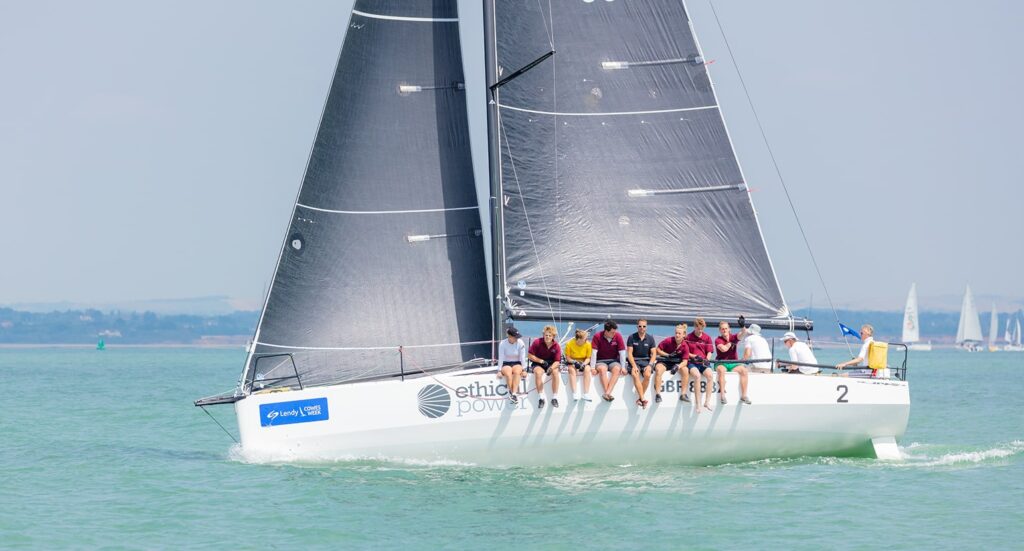The pandemic has a lot to answer for, but the need for large-format (or big-box) retailers to shake up their business models isn’t one of them, given they were already feeling the winds of change before the world was turned upside down.
In 2019, Morgan Stanley found that only three out of 22 Australian big-box retailers experienced sales-per-square-metre growth that exceeded operational costs. Before the pandemic, e-commerce adoption and widescale changes to consumer behaviours drove a shift in how, where, and what consumers wanted from shopping experiences.
With medium to large floorplans and a huge array of SKUs, large-format retailers are high on function but often low on ambience and excitement. Still, they account for more than 25 per cent of all sales, employ nearly half a million Australians and make up 35 percent of all retail floor space in the country. Formerly dominated by homemaker or consumer durables, box retailers now encompass everything from adventure gear to pet supplies and pharmacy.
Yes, online retail is stealing unit sales from physical stores. Still, for box retailers, the more significant issue is that online purchasing is reducing the number of browsing shoppers, who end up buying more than they intended and/or were upsold by a helpful sales assistant to a higher margin product.
What does a turnaround look like?
The key is to up the excitement for shoppers and offer a more engaging experience while rethinking the location where these brands flog their wares.
Ikea is the master of this, embracing smaller environments with a focus on engagement retail. In 2019, the brand opened a storefront in the Warringah Mall on Sydney’s Northern Beaches, where customers could engage in planning sessions with staff to design kitchens or bedroom storage solutions. The move away from a reliance on cavernous warehouses where shoppers collect their flatpack packages continued during Covid, with the retailer opening several smaller stores in urban destinations.
Other big-box retailers are adopting the small store approach. Spotlight has long been known as a homemaker centre staple, but in recent years, the brand has also developed a store format with a limited product range based around creative categories of craft, sewing and party goods. Spotlight also offers DIY workshops and classes to generate a higher level of brand engagement. It actively places these small-format stores in shopping centres to reach new customers and take market share from direct rivals such as Lincraft and category rivals, including Kmart.
While it hasn’t changed its store locations, one brand taking a leaf out of Ikea’s original playbook is Barbeques Galore. In a store redesign, the business has highlighted its merchandise via an Ikea-like pathway through the store. The walls have been decorated with stories of the brands and products told through graphics and signage. Stark warehouse lighting has also been replaced with more dramatic lighting designed to highlight items and increase a sense of drama and excitement.
For some retailers, an increased focus on both technology and engagement may be the answer to making profits in high-traffic shopping centres and smaller footprints in general. An ‘endless aisle’ approach would allow big-box retailers to have fewer staff members. Here, instead of rows of products, there is a kiosk that customers can use to find answers to frequently asked questions, such as product features, delivery options and stock availability.
It’s unclear what the long-term impacts of the economic downturn will be on big-box retailers. But one thing is for certain: the successful retailers will be those that listen and adapt to changing consumer needs and preferences, whether that is creating smaller stores, introducing technology or investing in exciting retail experiences that were once the antithesis of the pragmatic big-box shopping encounter.




